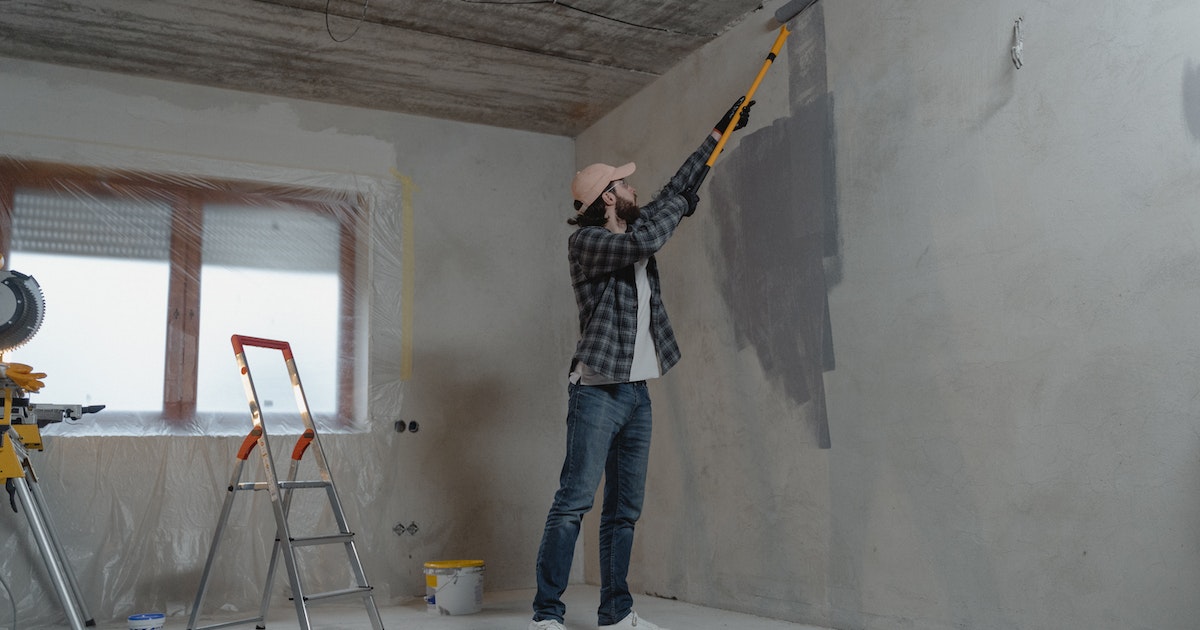Step 2: Consider the Future
A whole-house remodel is a considerable time and financial investment, but great work will last a lifetime. As a result, it’s critical to consider what life might be like in your existing home in the coming years. Children will mature, and grandchildren may join them.
Accessible design characteristics, such as easy-to-use alternatives and well-lit locations, become more vital as you age. Plan ahead of time to get the most out of your remodel. If you don’t intend to live in your newly remodeled home indefinitely, you should think about its selling value. Most American homeowners choose to remodel the entire house to sell their homes.
Step 3: Select Between DIY and Hiring Pros
How will you make the project a reality? You have the option of doing it yourself or hiring contractors. Because this is such an enormous undertaking, going completely DIY is out of the question.
Most homeowners prefer to deal with experienced and talented design-build builders when it comes to whole-house remodels. The problem is that these experts may be part of an in-house team or consider themselves subcontractors.
The former is a standard go-to option because an in-house staff has worked on large projects. A team is more likely to be structured, systematic, and follow a well-thought-out plan. Hiring one may be costly, but the excellent team is well worth it.
The other alternative is to outsource everything. Do you require a contractor who specializes in kitchen and bathroom remodels? Are you looking for someone that specializes in outdoor remodeling?
If this is the case, employ a few subcontractors to work in specific regions. It’s a frequent misperception that homeowners have no choice but to rely on contractors for everything.
If you believe you can assist with some jobs, DIY can come in handy. This could save money.
Step 4: Make a Funding Plan for Your Project
Gone are the days when you had to stick to a specific method of funding your home renovation. Everything is now flexible, as long as you are financially prepared and capable of investing.
Of course, cash and liquid assets are the most straightforward way to finance house renovations. You will not be bound by monthly payments, interest costs, or debt. However, if you don’t have enough personal resources in the meanwhile, taking out loans is a possibility.
The simplest option is to take out a home equity loan. Your newly remodeled home becomes collateral, and all you have to do to prevent losing your property is pay on time.
Zero-interest loans are preferable, but qualifying might be difficult. If neither of these solutions works, the last step is to use your credit card. However, expect hefty interest rates.
Step 5: Define The Remodeling Areas
Do you intend to redesign the entire house, or do you want to concentrate on the kitchen and bathrooms? The phrase “whole home remodel” might apply to a combination of any room, a new room, or the complete house. Please determine what you genuinely require remodeling and include it in your plan.

